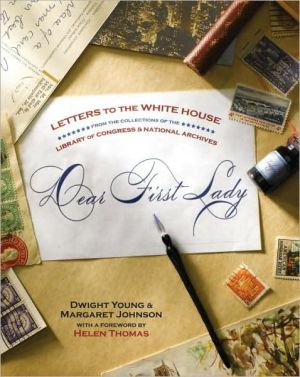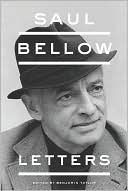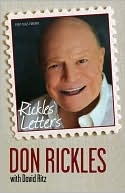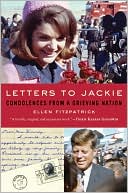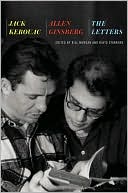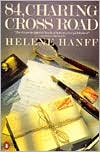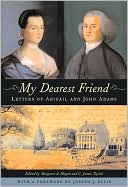Dear First Lady: Letters to the White House from the Collections of the Library of Congress & National Archives
Following on the success of their collaboration Dear Mr. President, Dwight Young and Margaret Johnson joined forces again to produce this charming collection of correspondence to and from First Ladies during their time in the White House. A wonderful gift book for any American, Dear First Lady reminds us that ours is a great government "of the people, by the people, and for the people," which entitles us to make our views known to our leaders. While some of these missives were written by the...
Search in google:
Following on the success of their recent collaboration Dear Mr. President, Dwight Young and Margaret Johnson join forces once again to produce this charming collection of correspondence to and from First Ladies during their time in office. A wonderful gift book for any American, Dear First Lady reminds us that ours is a great government "of the people, by the people, and for the people," which entitles us to make our views known to our leaders. Although some of these missives were written by the famous or the infamous, most are from ordinary Americans who wished to connect with their First Lady. Amusing, appealling, heartbreaking, and heartwarming, the letters appear as full-size facsimiles wherever possible so readers can see for themselves the substance and style of these intriguing exchanges. Dwight Young annotates each letter with biographical and historical stories that illuminate the context and provide broader insights into the public and private lives of presidents’ wives. Richly illustrated with archival photography and images, Dear First Lady paints a fascinating portrait of American culture and a behind-the-scenes look inside the White House. With presidential history a perennial best-seller, and interest in First Ladies growing as these influential women make ever more prominent contributions to the society and public policy, this rich volume holds limitless gift potential.School Library JournalGr 5-9 Young and Johnson provide a glimpse into America's political and social history through letters received and written by the presidents' wives. Images of original correspondences appear opposite narratives that provide accessible historical context. Additional drawings and photographs enhance the visual experience. The letters range in content from politically significant to personally insightful. Dolley Madison describes her famed 1814 flight from the White House during the War of 1812 and dramatic rescue of Washington's portrait to her sister. Queen Victoria comforts Mary Todd Lincoln after her husband's assassination. Jane Pierce writes elaborate messages to her dead son, revealing the fragility of her grief-stricken mind. Sometimes, the letters provide an opportunity to notice contradictions present in these famous women. Eleanor Roosevelt denounces the racial discrimination practiced by the Daughters of the American Revolution, and on the next page makes excuses for the policy of Japanese Internment. What emerges is not only a portrait of the privilege and power of these women, but also a palpable sense of their humanity. A few of the letters are neither politically nor personally significant and one wonders why they were included. The occasional triviality of the subject matter, as well as the book's lack of index, make it an enjoyable example of anecdotal history rather than a source for serious research. While the original documents give the book an appealing primary-source quality, the handwritten words are often hard to decipher. The authors provide transcriptions for selected letters at the back of the book. A vibrant, but not vital, addition to mostcollections.-Emma Burkhart, formerly at The Winsor School, Boston, MA
\ School Library JournalGr 5-9\ Young and Johnson provide a glimpse into America's political and social history through letters received and written by the presidents' wives. Images of original correspondences appear opposite narratives that provide accessible historical context. Additional drawings and photographs enhance the visual experience. The letters range in content from politically significant to personally insightful. Dolley Madison describes her famed 1814 flight from the White House during the War of 1812 and dramatic rescue of Washington's portrait to her sister. Queen Victoria comforts Mary Todd Lincoln after her husband's assassination. Jane Pierce writes elaborate messages to her dead son, revealing the fragility of her grief-stricken mind. Sometimes, the letters provide an opportunity to notice contradictions present in these famous women. Eleanor Roosevelt denounces the racial discrimination practiced by the Daughters of the American Revolution, and on the next page makes excuses for the policy of Japanese Internment. What emerges is not only a portrait of the privilege and power of these women, but also a palpable sense of their humanity. A few of the letters are neither politically nor personally significant and one wonders why they were included. The occasional triviality of the subject matter, as well as the book's lack of index, make it an enjoyable example of anecdotal history rather than a source for serious research. While the original documents give the book an appealing primary-source quality, the handwritten words are often hard to decipher. The authors provide transcriptions for selected letters at the back of the book. A vibrant, but not vital, addition to mostcollections.-Emma Burkhart, formerly at The Winsor School, Boston, MA\ \ \
